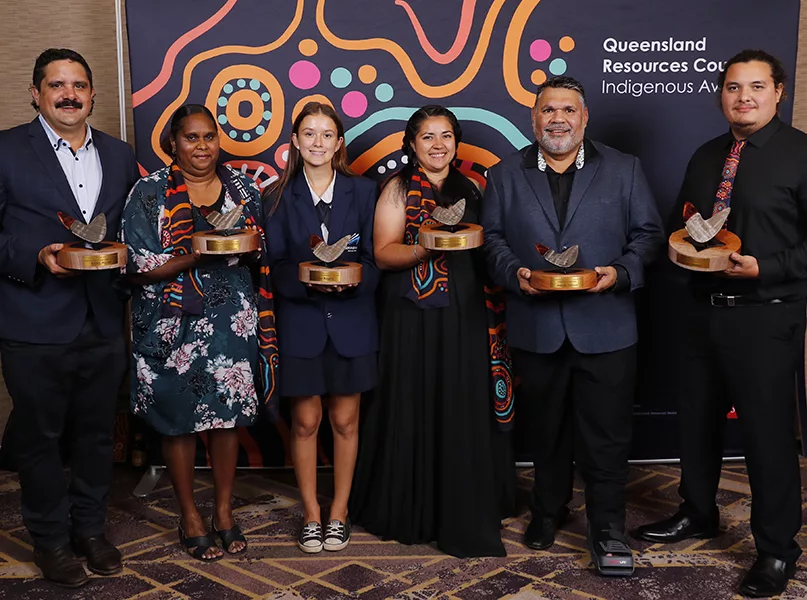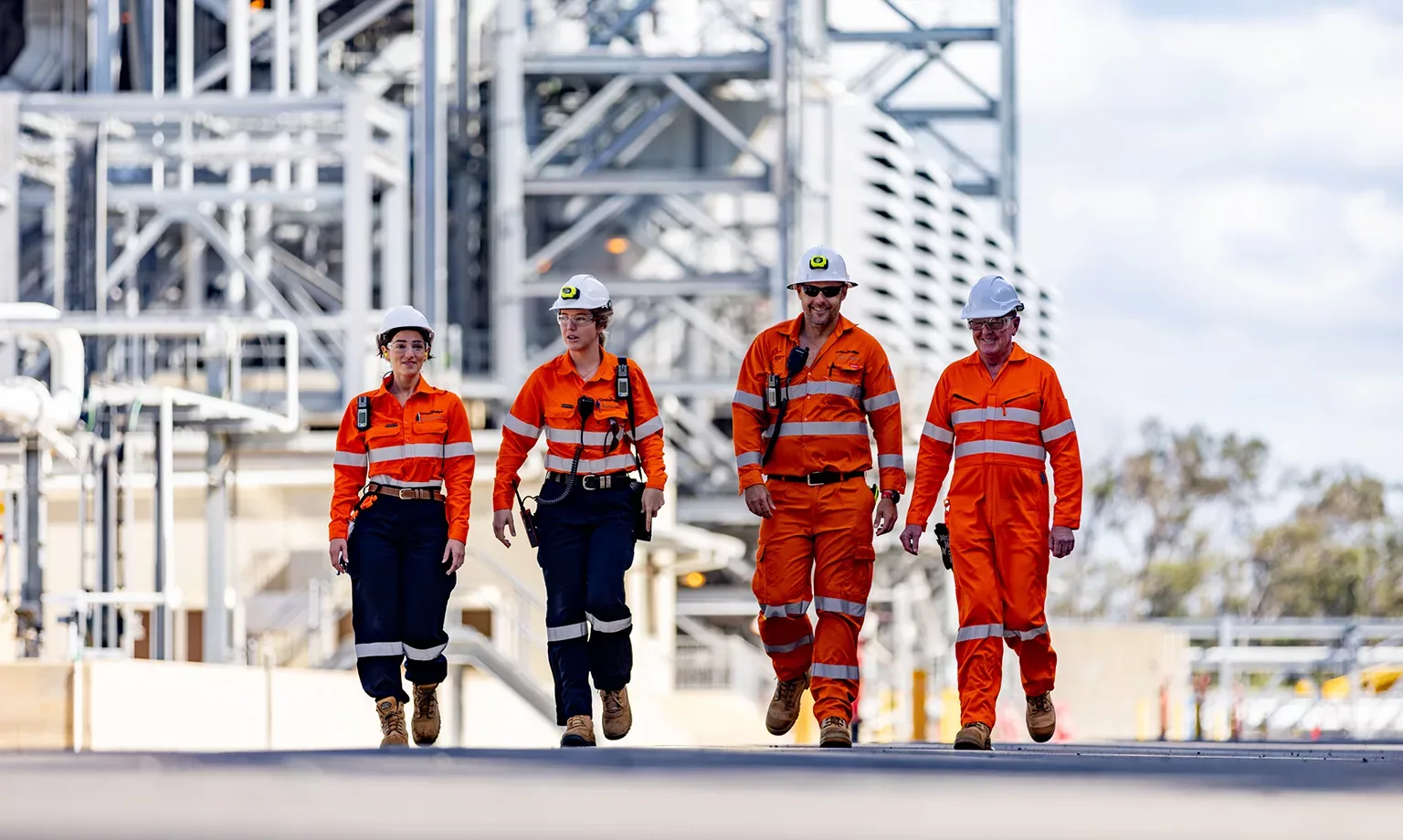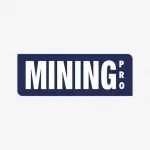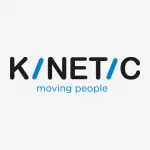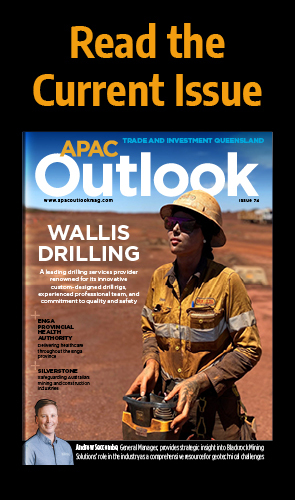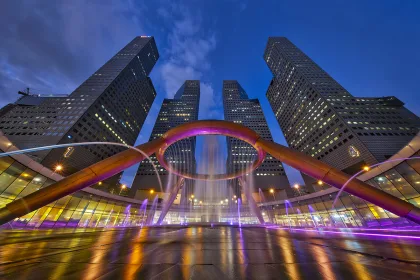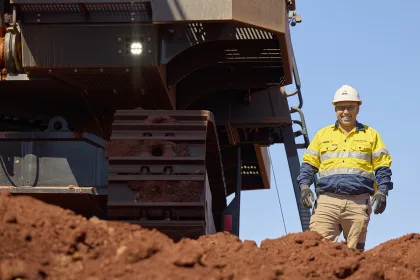Providing indispensable resource and value to the state, whilst striving for sustainability in Queensland.
SPOTLIGHT ON MINING IN QUEENSLAND
On the eastern coast of Australia, millions of visitors flock to Queensland every year, as it is characterised by its rugged outback landscape, dazzling sandy shores, and the magical Great Barrier Reef.
And yet, the unsung hero supporting this wondrous state is the Queensland mining industry, which plays a major part in not only generating revenue for the region, but obtaining the minerals and resources used in thousands of products, domestically and internationally.
As the mighty spokesperson for hundreds of mining entities, the Queensland Resources Council (QRC) is a non-governmental organisation (NGO) and non-profit organisation (NPO) that represents and promotes the interests of its members, whatever their thoughts or concerns may be. Its vital support and representation spans the fields of exploration, mining, minerals, processing and energy production.
Ultimately, QRC is working to shine a light and champion the contribution of its members by embracing innovations and guiding the industry to a greater sustainable future.
Q&A WITH IAN MACFARLANE, CHIEF EXECUTIVE, QUEENSLAND RESOURCES COUNCIL
Speaking to Chief Executive of QRC, Ian Macfarlane, we learn about the association’s tenacious efforts towards achieving net zero by 2050.
Firstly, can you talk us through the origins of QRC, how it came about and its initial vision?
Ian Macfarlane, Chief Executive (IM): QRC was formed in November 2003, although its origins date back as far as 1910 when mineral rights were first vested in Queensland. In the 1970s, two different coal bodies merged to form the Queensland Coal Association, which then joined with the Queensland Chamber of Mines in 1990 to form the Queensland Mining Council.
QRC’s rebranding in 2003 to a Resources Council provided a one-stop shop for advocacy on behalf of all Queensland resources – petroleum, gas, minerals, coal and metals. The intention was also to focus more clearly on both ends of the value-adding chain, from the early stages of exploration and greenfield discovery right through to refining and smelting.
The broader focus of the new QRC included the establishment of our education arm, the Queensland Minerals and Energy Academy (QMEA) in early 2005 and the public celebration of Resource Awards for Women on International Women’s Day – both early QRC initiatives that continue to grow strongly today.
Presently, QRC’s vision is to provide effective representation across the resources and energy sector as a leading corporate citizen dealing respectfully with members, governments, stakeholders, and the wider community.
QRC provides high-level policy advice and analysis to achieve the best evidence-based outcomes for industry, governments, and the community.
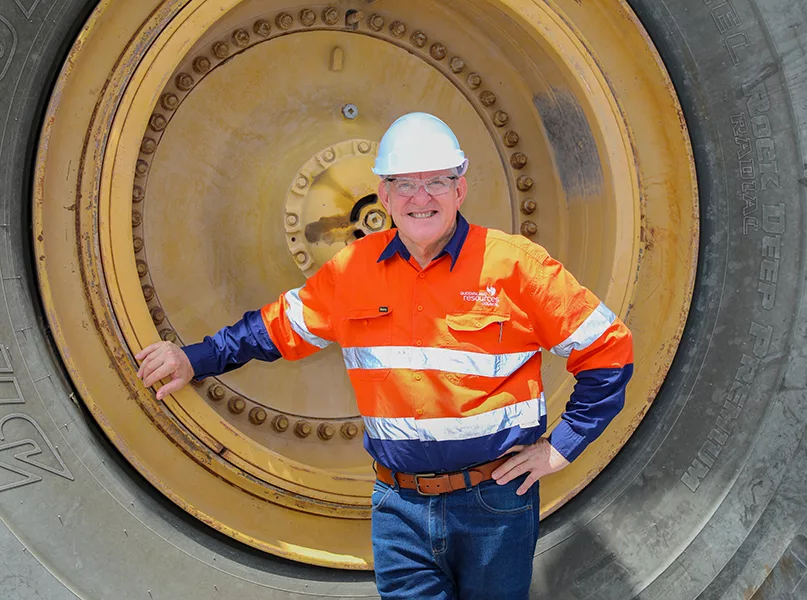
Since inception, how has QRC developed and progressed in terms of its key objectives?
IM: From its inception, QRC has focused on strategies to secure the long-term sustainability of the minerals and energy sector. We have become a highly trusted industry peak body, recognised for our leadership role within the resources industry and among stakeholders.
QRC has established a strong track record in promoting resources, engaging with government and encouraging the highest standards in the sector.
What trends are currently transforming the industry and how is QRC responding to them?
IM: The biggest trend transforming the industry at the moment is of course the move to net zero by 2050. The big resources companies that operate in Queensland have set this as an aspirational target, and as such, are working to reduce their emissions. Companies such as BHP have made definite commitments towards using more renewable energy, whilst companies such as Anglo American are experimenting with components like hydrogen and battery trucks to try and lower their emissions and use electricity generated through solar or wind power.
As well as that, we are also seeing a rise in demand for rarer strategic metals. This is providing new opportunities, particularly in North West Queensland, and is currently in the early stages with a long way to go. Moreover, we are trying to see how we can process those minerals before we export them, and perhaps even make them into the batteries that the world is demanding.
Within the more traditional mining areas, we are seeing increased demands in copper, but also lithium, which we don’t have much of in Queensland. However, we are seeing quite a lot of prospects in this area.
Additionally, the demand for coking coal is projected to stretch out for a further four or five decades at least, alongside the significant current interest for thermal coal. Across the board we are also seeing a strong demand in the materials Queensland produces as we move to net zero, which is a goal we cannot reach without the resources we are currently mining.
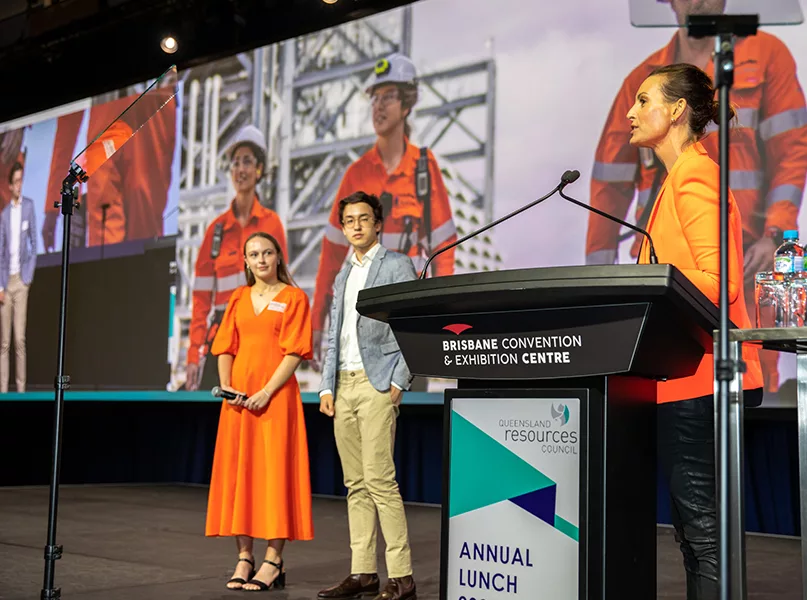
What do you find most interesting about the mineral and energy resources sector currently?
IM: Stretching across Queensland commodities, from new and traditional metals to coal, gas, petroleum and energy in general, the most interesting aspect currently is the innovation that is being brought into the industry, to not only lower emissions but also make it a safer and more efficient environment to work in that is internationally competitive.
We are seeing companies that have traditionally led the world with mining technology adopting new techniques in above ground operations, which is seen in the way they operate their trucks and logistics systems, plus how they generate energy and the way they move it around. Some companies in the resources sector are already building large solar and renewable energy farms, one example being the Ruby Run solar farm located in Central Queensland and operated by Bravus. Thus, companies are taking a very diverse approach to technology, using it wherever they can to improve safety, efficiency, and lower their emissions to meet Australia’s net zero target by 2050.
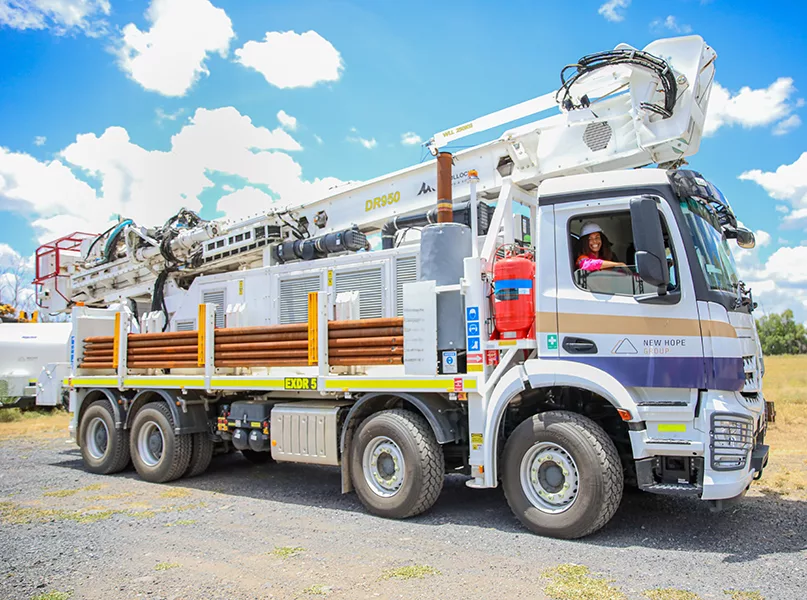
What are QRC’s biggest challenges?
IM: The biggest challenge for QRC is to ensure the industry gets a fair go from governments across Australia, as we are seeing a trend that they tend to take the mining industry for granted.
We are producing billions upon billions of dollars in tax income for state and federal governments, and without the resources sector, the federal budget wouldn’t have seen the big turnaround that it did. In Queensland, the contribution from coal alone this year will be approximately AUD$13 billion, a fair distance from the original government projections of about AUD$5.5 billion. That’s a massive amount of money to go towards hospitals, roads, schools, police, and all the things that are essential to supporting communities.
In return, we therefore need recognition of the role that the resources sector is playing, not just in terms of taxes, but also the employment that we provide. Queensland’s resources sector supports the jobs of around 450,000 people across the state, many of them in regional areas. The influence and benefits of the mining industry are felt right across Queensland, from Eagle and Queen Streets, the main business streets in Brisbane, north to Cloncurry and Mount Isa, and west to Birdsville.
Mining is an industry that’s making huge economic contributions, and we want to see those contributions more openly recognised.
Could you tell us more about how QRC works alongside the Queensland Government?
IM: We work very closely with numerous departments of the Queensland Government. The relationship between QRC and the Department of Resources is very strong, and it is one built on mutual respect. We’ve worked together since the inception of the department in various forms. QRC also provides industry-wide input and feedback on policy areas, which saves the department from having talk to all our members individually. Our role is to collect their thoughts, concerns and praise and feed them back to the department.
We also work very closely with the Department of Environment and Science. Whilst at times we do have issues with some Queensland Government policies, we work efficiently at a departmental level to try and advocate for our members.
Other departments such as infrastructure, transport, and energy also rely very heavily on input from members of QRC.
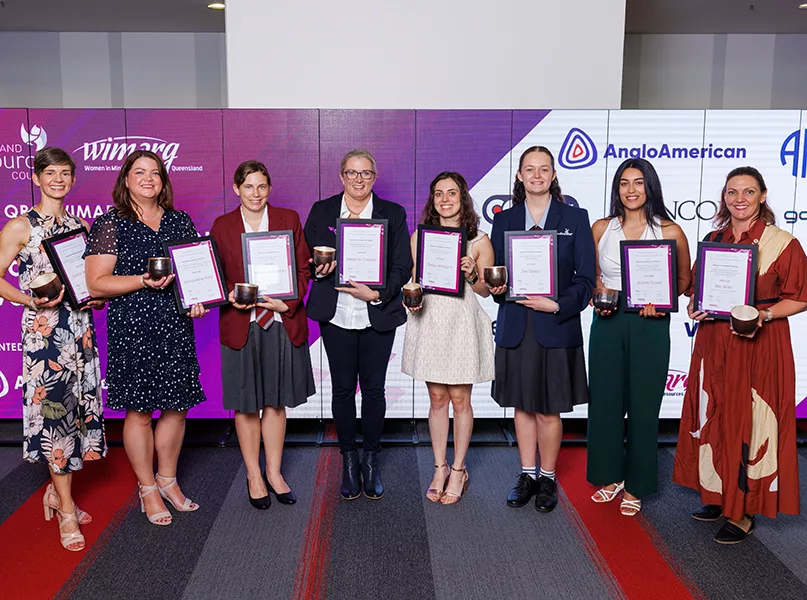
Does QRC have any projects in the pipeline that excite you?
IM: Safety is a core value for the resources industry and equally for QRC. We work hard to assist members operating across the minerals and energy sector, to help create a safe working environment. Currently, we’re working with the government on a survey of employees in the resources industry to address any misconceptions about speaking up about safety concerns.
QRC has also recently received state government funding for a new initiative to address skills shortages and create job opportunities for groups underrepresented in the resources and energy sector workforce. The project is called Resources W.I.D.E (Workforce Inclusion and Diversity Engagement) and will target Indigenous Australians, women, people from culturally diverse backgrounds, veterans, refugees, and neurodiverse people who are looking for employment in the resources sector.
The resources workforce has historically been male-dominated, but that is changing with QRC setting a target of 30 percent participation by women in 2026. We’ve been offering a women’s mentoring programme, in conjunction with Women in Mining and Resources Queensland (WIMARQ) for the past 10 years, as well as a mentoring programme for female students. Both have become very popular and successful in introducing women to great career opportunities in mining, from engineering to trade apprenticeships and executive leadership roles. Our latest figures indicate women now make up 22 percent of the resources sector workforce and we are confident of reaching our target.
The industry is committed to being part of the global solution to meet the challenges of achieving a decarbonised future. QRC and its members are committed to working together to achieve energy security while taking proactive steps towards a low-emissions economy. We also support the Paris Agreement and its emissions reduction goals to limit global warming to well below two degrees Celsius (°C), preferably to 1.5°C, compared to pre-industrial levels.
Coal Mine Site Rehabilitation is another important focus. Amongst other initiatives, we recently introduced Coal Mine Site Rehabilitation scholarships that will fund two university students to take up postgraduate studies in world-class environmental management.
Queensland is fortunate to have large reserves of the critical minerals the world needs to develop new technology across a range of important industries including defence, health, communications, and of course, energy. QRC is working with the Queensland Government on the development of a Critical Minerals Strategy, with a focus on regulatory reform to promote secondary processing. We now have a QRC Critical Minerals Working Group to ensure Queensland has a strong role to play in the rapidly emerging, and evolving, critical minerals market.
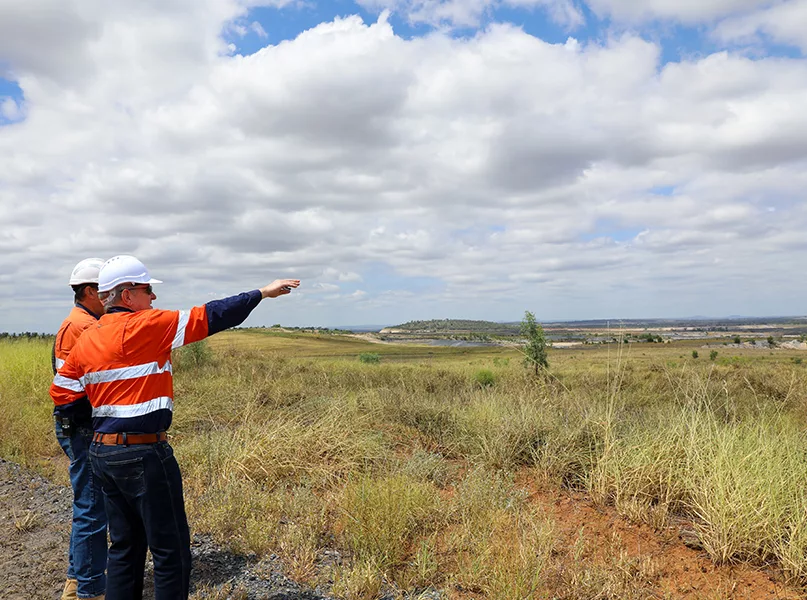
How do you see QRC and the wider industry developing over the next five years?
IM: Traditional industries will definitely remain strong. Alongside the increased demand for coking coal, there will be heightened demand for steel, whether it’s for windfarm towers or for local infrastructure such as buildings and cars. The coking coal industry will remain important to everything that involves steel.
To add to this, the demand for coking coal in developing countries is going to continue to rise. We are also seeing a rebound in the demand for thermal coal, and whilst our industry is focused on achieving net zero by 2050, the immediate focus for people in developing countries is to be able to turn their lights on. The industry is additionally addressing challenges stemming from the market disruptions of the Russian conflict in Ukraine.
Metals including aluminium, copper, zinc, and all the resources used in renewable energy projects, as well as traditional energy sources, will also see a substantial rise in demand. This is reflected in the demand for gas, which has become Queensland’s second most important export after coal, particularly with the extraordinary global demand for liquified natural gas (LNG), to ensure that every viable transitional fuel is being used to help achieve net zero.
Rare and strategic metals are in the very early stages of development but we are making good progress, with a multi-user processing plant being built in North Queensland and other companies opening mines for vanadium, which has been talked about for a long time.
So, I think that the future looks very strong, and our challenge is to not only make sure we reach our targets of net zero by 2050, but also have long-term opportunities for people to join and work in the industry, get a great career out of it, and make a difference in getting Queensland and the world to net zero by 2050.
